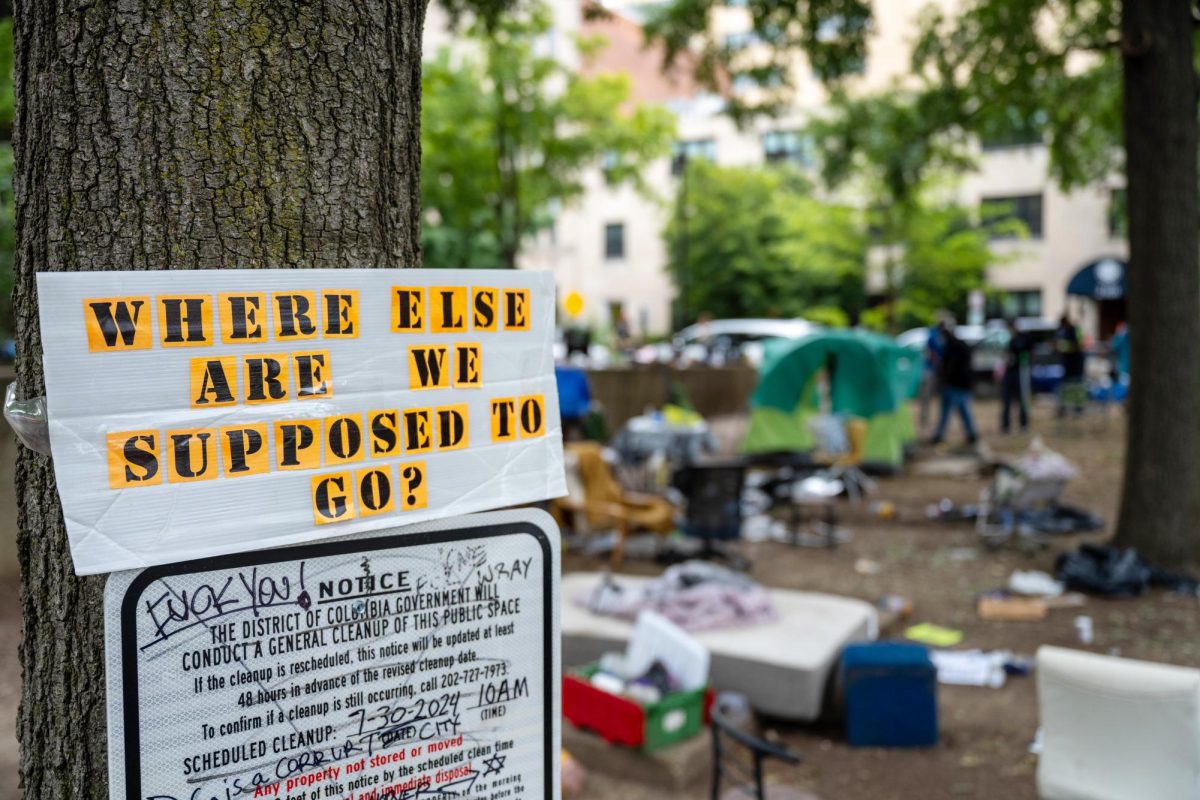Dane Kennedy is the Elmer Louis Kayser Professor of history and international affairs.
On Thursday, the Scots may file for divorce from the United Kingdom.
Though this monumental event is occurring very far away and may not show up at the top of your Facebook newsfeed, it’s not often that such a fascinating political issue plays out on the world’s stage. For those of you studying political science or international affairs, we all have a rare look into what happens when a relationship between two nations disintegrates.
This polygamous union with England, Wales and Northern Ireland has lasted more than 300 years, but the glow is gone. The trial separation that began in 1998 – when the Scots acquired a political home of their own (namely, a separate parliament) – failed to reconcile the two parties, and they now stand on the brink of a permanent parting.
How did it come to this? Some Scots blame the former Tory Prime Minister Margaret Thatcher, who stirred up lasting resentment when she tried to impose a regressive poll tax on Scotland in 1989. A Tory can’t get elected dog catcher in Scotland these days, increasing the Scots’ sense of alienation from the Tory-led government in Westminster.
But other Scots insist that England has always been a troublesome partner, pointing to the Battle of Culloden, the Highland Clearances and the like. Many of these tartan-clad romantics pine away for long-lost loves like William Wallace (aka Mel Gibson as “Braveheart”) and Rob Roy (aka Liam Neeson in the eponymous movie role).
As in any unhappy marriage, there is plenty of blame to go around. The 300-year union of Scotland and England has reached this moment of crisis not because the Scots always wanted independence and never lost their resentment of England, but because the benefits of union disappeared in recent decades with the loss of empire and collapse of the industrial economy.
The Act of Union of 1707 was a real boon for most Scots: It provided them with new economic and political opportunities south of the border and across the seas. They became key partners in the expansion of the British Empire and the industrialization of Britain itself.
Because Scotland had a far stronger and more egalitarian system of higher education than England, it supplied a disproportionate share of the engineers, surveyors, doctors and other skilled professionals who were so important to Britain’s economic and political achievements. Scottish regiments won fearsome reputations in colonial wars.
By the 19th century, Glasgow was such an important shipbuilding and trading hub that it became known as “the second city of the British Empire.” Elsewhere across Scotland, collieries mined coal, which fueled the factories that produced a large portion of the manufactured goods Britain marketed around the globe. What was good for Britain was good for Scotland.
But it all came crashing down in the 20th century. The rise of powerful foreign competitors and the devastating effects of two world wars shattered Britain’s industrial and imperial supremacy. By the 1970s, the British Empire and British manufacturing were largely things of the past. Scotland was hit especially hard by these changes, and it was at this point that Scottish nationalism really took off.
To be British had lost its luster. To go it alone looked increasingly appealing.
And so we’ve come to the critical moment when that classic Scottish song, “Auld Lang Syne” – “times gone by” – may soon acquire a whole new meaning.



